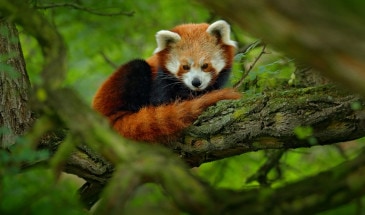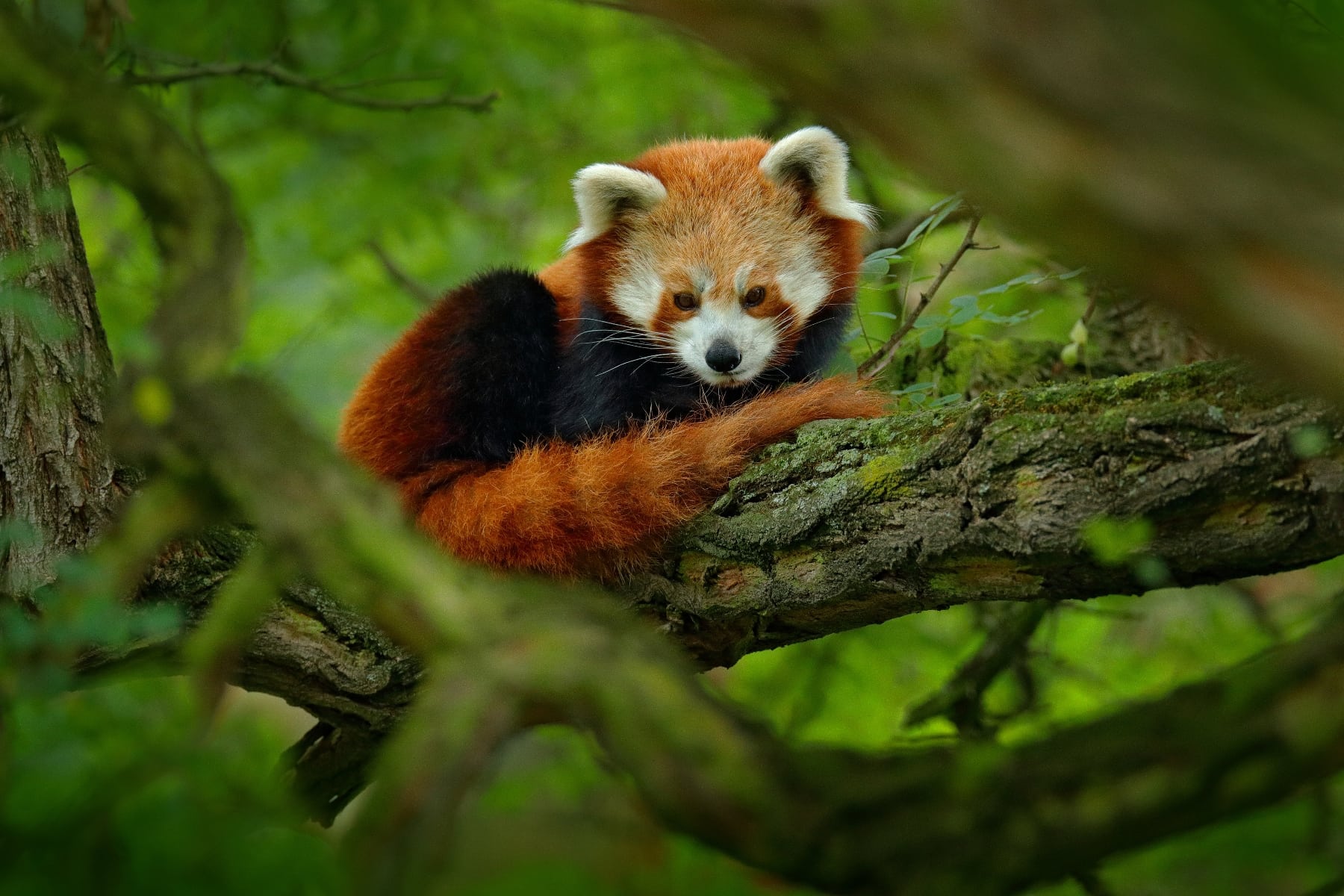Red Panda and Hornbill in Singalila NP
- Overview
- Itinerary
- Map
- Pictures
Travel through the Himalayan forests of Singalila National Park, on the Indo-Nepal border, in search of the red panda.
Among the rarest mammals in the world, the red panda inhabits the mountain forests of India, Nepal, Burma and China. They thrive in forested areas, especially evergreen, semi-persistent tropical areas that are home to a dense undergrowth of bamboo (the panda’s favourite food).
The remote Singalila National Park, a vast strip of Himalayan forest on the border between Nepal and India, is therefore the ideal place to observe the rarest animals, its dense forests constituting a natural habitat for these solitary creatures and Tree. Singalila was the site of the first successful reintroduction of the red panda in 2004, documented in the film “Cherub of the Mist” (2006).
This fully guided expedition will allow you to spend 6 nights in Singalila National Park, accompanied by experienced trackers. In addition to the red panda, you can observe a multitude of birds from the eastern Himalayas, including exotic species such as tragopan, Horsfield scimitar babbler, Red-billed Leiothrix, brown-headed tesia and blood pheasant. Mammals, including Himalayan black bear, muntjac deer, pangolin, wild boar and leopard can be observed more rarely.
During your stay, you will stay in a simple but comfortable guest house, a picturesque home nestled in an area of the park notable for its high concentration of red panda. Naturalists will accompany you to the forests to observe the local fauna.
No details found.




